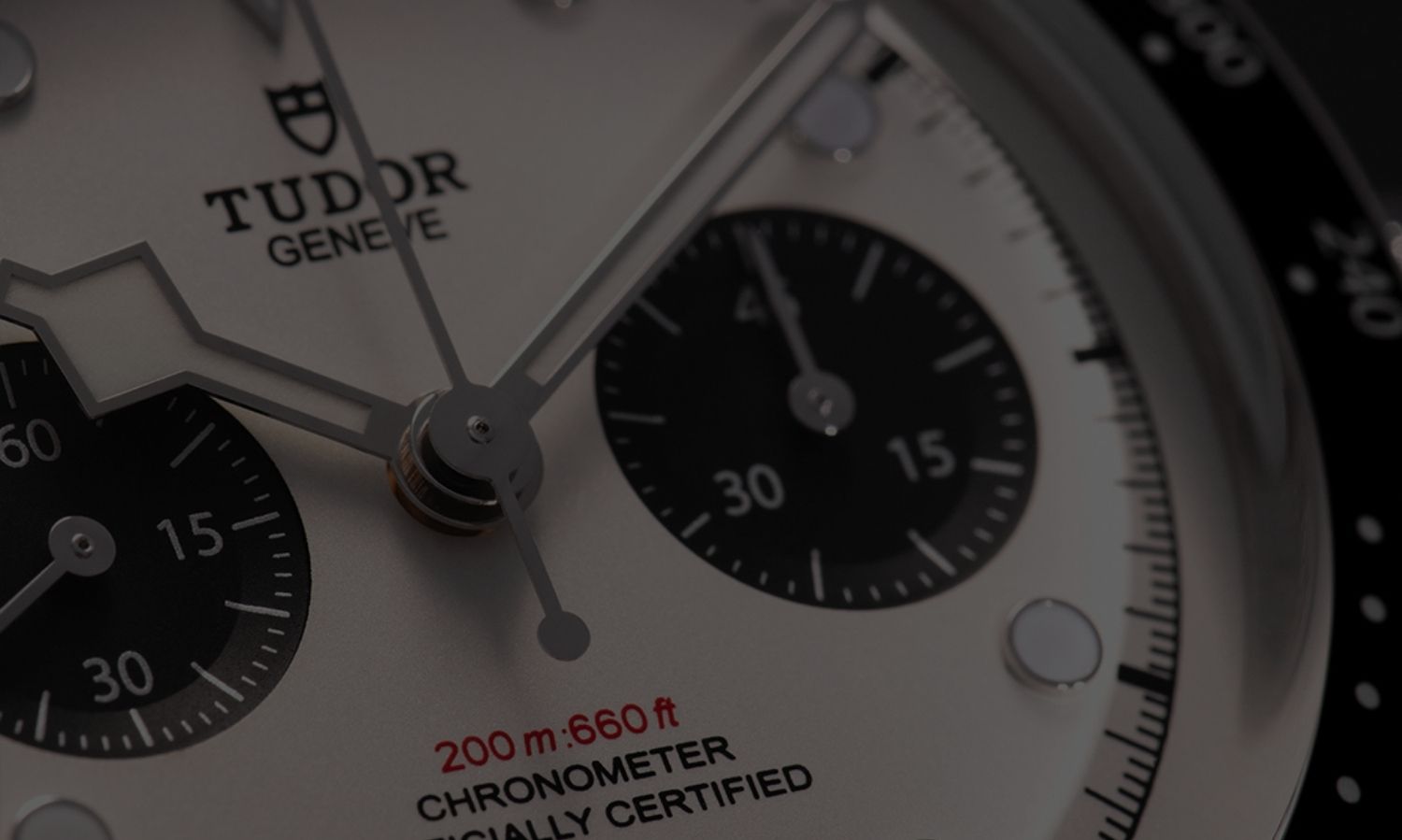Overflow-Free Watches: A Deep Dive into Precision and Reliability
Associated Articles: Overflow-Free Watches: A Deep Dive into Precision and Reliability
Introduction
On this auspicious event, we’re delighted to delve into the intriguing subject associated to Overflow-Free Watches: A Deep Dive into Precision and Reliability. Let’s weave fascinating data and supply recent views to the readers.
Desk of Content material
Overflow-Free Watches: A Deep Dive into Precision and Reliability

The common-or-garden wristwatch, a seemingly easy machine, is a marvel of miniaturized engineering. For hundreds of years, watchmakers have strived for accuracy, longevity, and aesthetic enchantment. One important problem on this pursuit has been the difficulty of overflow, significantly in mechanical watches. Overflow, on this context, refers back to the extra power generated by the mainspring’s unwinding that may harm delicate parts. This text explores the idea of overflow-free watches, inspecting the mechanisms that forestall it, the advantages they provide, and the implications for each conventional and fashionable watchmaking.
Understanding the Downside of Overflow in Mechanical Watches
Mechanical watches depend on the managed launch of power saved in a tightly wound mainspring. This spring, when absolutely wound, possesses a major quantity of potential power. Because the watch runs, the mainspring unwinds, regularly releasing this power to energy the escapement mechanism, which in flip regulates the motion of the palms. The issue arises when the mainspring unwinds too quickly or inconsistently. This may result in a surge of power, exceeding the capability of the escapement and different parts. This extra power, the "overflow," could cause a number of points:
- Injury to gears and different parts: The sudden improve in power can strip gears, bend pivots, and even fracture delicate components inside the motion.
- Inconsistent timekeeping: Fluctuations in power supply end in inaccurate timekeeping, with the watch working sooner or slower relying on the mainspring’s rigidity.
- Diminished lifespan: Repeated cases of overflow regularly put on down the motion, shortening the watch’s general lifespan.
- Potential for catastrophic failure: In excessive circumstances, overflow can lead to an entire breakdown of the watch mechanism.
Conventional Approaches to Mitigating Overflow
Traditionally, watchmakers employed varied methods to mitigate the danger of overflow, although none fully eradicated the issue. These included:
- Cautious spring design: The form and materials of the mainspring are essential. A well-designed spring releases power extra constantly, decreasing the probability of sudden surges.
- Environment friendly escapement mechanisms: The escapement is the center of the watch, controlling the discharge of power. Environment friendly escapements reduce power loss and regulate the movement extra successfully.
- Shock absorption: Whereas indirectly addressing overflow, shock-absorbing mechanisms can defend the motion from the harm brought on by sudden power surges.
- Over-banking: This concerned intentionally designing the mainspring to barely overwind, making a buffer to soak up minor fluctuations in power launch. Nevertheless, this wasn’t an ideal resolution and will nonetheless result in points.
The Evolution In the direction of Overflow-Free Mechanisms
The search for really overflow-free watches has pushed important innovation in watchmaking. A number of fashionable approaches have emerged, aiming to eradicate or drastically cut back the danger of overflow:
- Fixed Power Mechanisms: These refined mechanisms regulate the power delivered to the escapement, making certain a constant energy provide whatever the mainspring’s rigidity. They act as a buffer, smoothing out the fluctuations in power launch and stopping sudden surges. Examples embrace the remontoir d’egalite, which makes use of a secondary spring to supply fixed power to the escapement.
- Silicon Escapements: Using silicon in escapement parts affords a number of benefits. Silicon’s low friction properties cut back power loss, contributing to extra constant energy supply. Its inherent robustness additionally improves the escapement’s resistance to wreck from power surges.
- Improved Mainspring Design: Fashionable supplies science and manufacturing methods have led to developments in mainspring design. Excessive-precision manufacturing permits for extra constant spring development, minimizing variations in power launch. New supplies supply improved elasticity and fatigue resistance, additional decreasing the danger of sudden power bursts.
- Digital Regulation: Whereas not strictly "mechanical," some fashionable watches incorporate digital parts to control the ability supply. These methods monitor the mainspring’s rigidity and modify the power movement accordingly, stopping overflow. That is significantly frequent in quartz watches however is discovering its method into high-end mechanical watches with hybrid methods.
Advantages of Overflow-Free Watches
Some great benefits of overflow-free watches are quite a few:
- Enhanced Accuracy: Constant power supply interprets to considerably improved timekeeping accuracy. The watch runs extra easily and exactly all through its energy reserve.
- Elevated Sturdiness: The absence of power surges reduces put on and tear on the motion, extending the watch’s lifespan significantly.
- Improved Reliability: Overflow-free watches are much less susceptible to malfunctions and breakdowns, providing larger reliability and peace of thoughts.
- Longer Energy Reserve: In some circumstances, overflow-free mechanisms may even contribute to an extended energy reserve, because the power is used extra effectively.
- Diminished Upkeep: The lowered put on and tear interprets to much less frequent upkeep necessities, saving each money and time.
Challenges and Future Instructions
Regardless of the numerous developments, creating really overflow-free watches stays a problem. The complexity of those mechanisms usually will increase manufacturing prices and requires extremely expert watchmakers. Moreover, the pursuit of miniaturization usually conflicts with the necessity for sturdy overflow-prevention mechanisms.
Future developments could give attention to:
- Additional refinement of fixed power mechanisms: Analysis into extra environment friendly and compact fixed power methods may make them extra sensible for wider software.
- Superior supplies science: The event of recent supplies with superior properties may additional enhance mainspring design and escapement efficiency.
- Integration of microelectronics: The growing sophistication of microelectronics affords alternatives for extra clever energy administration methods.
- Synthetic intelligence in watchmaking: AI may probably be used to optimize power supply and predict potential overflow occasions, additional enhancing reliability.
Conclusion
The pursuit of overflow-free watches represents a steady quest for perfection in watchmaking. Whereas utterly eliminating overflow stays a major problem, important progress has been made in mitigating its results. The adoption of superior mechanisms, supplies, and manufacturing methods has resulted in watches which are extra correct, sturdy, and dependable than ever earlier than. As know-how continues to evolve, we are able to count on additional improvements that can convey us nearer to the perfect of a really overflow-free timepiece, pushing the boundaries of horological precision and increasing the lifespan and efficiency of those intricate mechanical marvels. The journey in direction of the proper watch continues, pushed by the relentless pursuit of excellence in craftsmanship and engineering.







Closure
Thus, we hope this text has offered invaluable insights into Overflow-Free Watches: A Deep Dive into Precision and Reliability. We thanks for taking the time to learn this text. See you in our subsequent article!